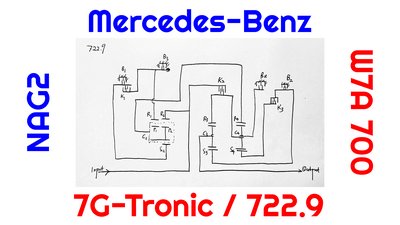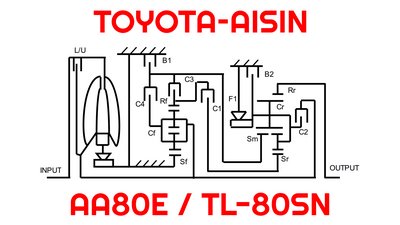techXXX
Maserati Quattroporte V (M139): Understanding Versions of the Italian Classic
Maserati Quattroporte V, tipo M139, is one of the most gorgeous sedans ever. Even over a decade after production ended, enthusiasts still flock to it. Today, I detail the changes in design and mechanicals over its 10-year production run.
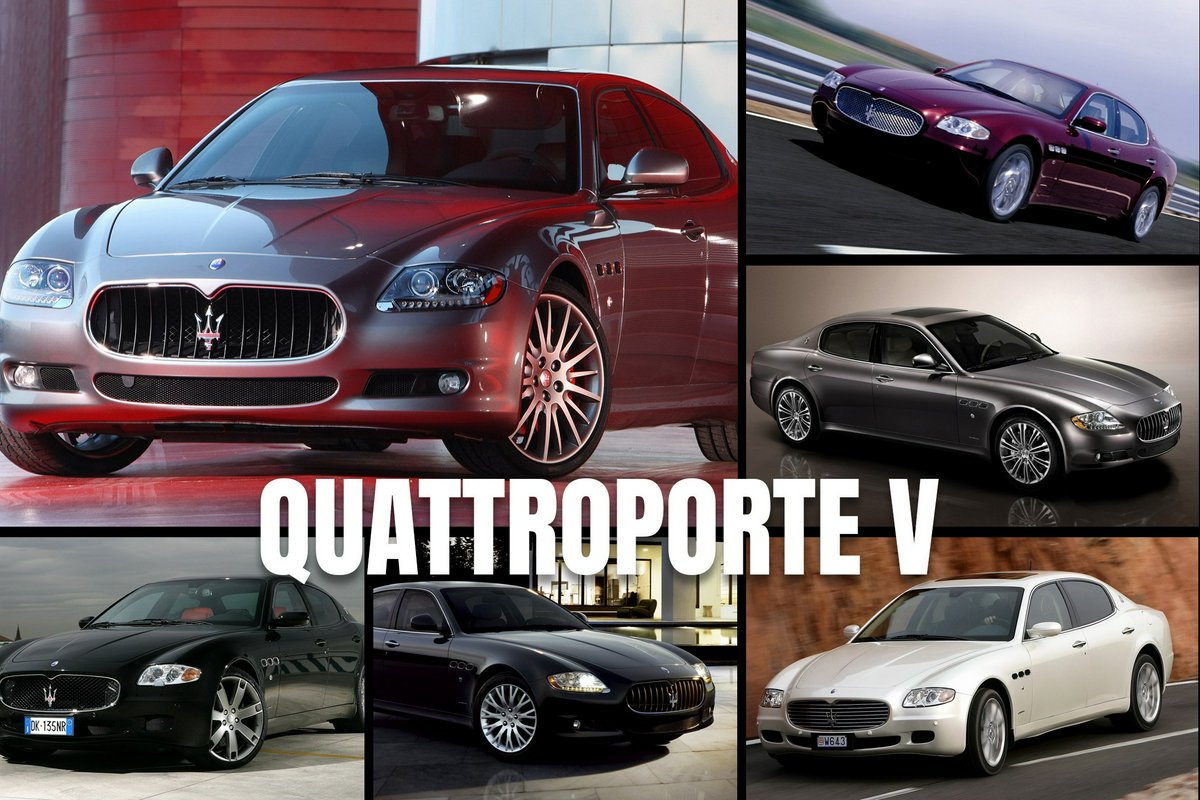
Maserati Quattroporte V, tipo M139, is one of the most gorgeous sedans ever. Even over a decade after production ended, enthusiasts still flock to it. Today, I detail the changes in design and mechanicals over its 10-year production run.

DuoSelect & Automatica
The original Quattroporte V came exclusively with the dry-sump Ferrari F136S 4.2L V8 paired with Ferrari’s 6-speed robotized manual transmission sourced from Graziano Trasmissioni. It had the SOFAST II version up to chassis number 18821 and was updated to SOFAST III soon after launch. Supposedly, SOFAST II was too sluggish and disappointed in both comfort and sport driving scenarios. SOFAST III had a new control unit, a longitudinal acceleration sensor, and a clutch pressure sensor; the new sensors allow the transmission to account for the vehicle’s dynamics in its shifts, resulting in improved clutch management and wear.
From chassis 21925, SOFAST III+ supplanted SOFAST III. It uses an updated clutch and a new firmware. This resulted in even better clutch management and wear. Unfortunately, the reputation of the DuoSelect transmission had long been tarnished before this update, and Maserati discontinued it with the 2008 facelift.
From 2007, Maserati introduced the Quattroporte Automatica with the ZF 6HP automatic transmission. This version used the F136U wet-sump variant of the 4.2L V8; it suffers from cam variator wear due to a lack of reed valves, a fault never addressed by Maserati. This can be fixed by adding reed valves.
The pre-facelift base Quattroporte is recognized by horizontal slats in the chrome front grille.

Executive GT
In 2005, Maserati introduced two optional trim levels. Executive GT was the luxury option. It came with a wood steering wheel, massaging rear seats, four-zone climate control, retractable rear tables, and curtain shades on the rear windows. Since 2007, it was also available with the Automatica powertrain.
The Quattroporte Executive GT is recognized by front and side grilles in chrome mesh and a unique 19-inch wheel design.
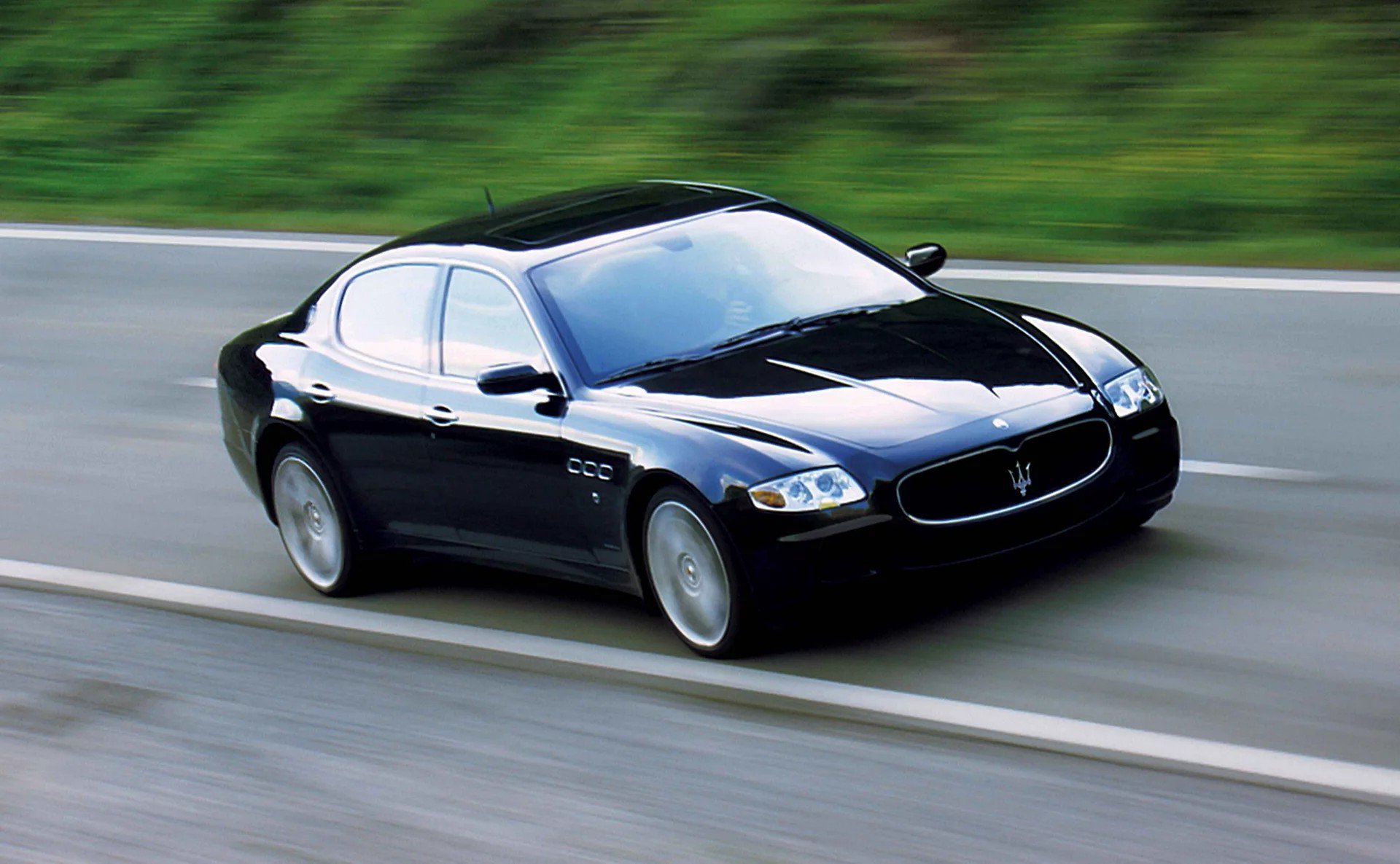
Sport GT
Sport GT was the sporty option. Its DuoSelect transmission was programmed to be faster, which ironically improves both comfort and clutch wear. The Skyhook suspension was also programmed to be firmer. Inside, carbon fibre replaced the wood trims, and the pedals are made of aluminium. From 2007, it was also available with the Automatica powertrain.
The Quattroporte Sport GT is recognized by front and side grilles in black mesh, 20-inch Sport GT wheels, and red stripes in the Maserati Tridents.
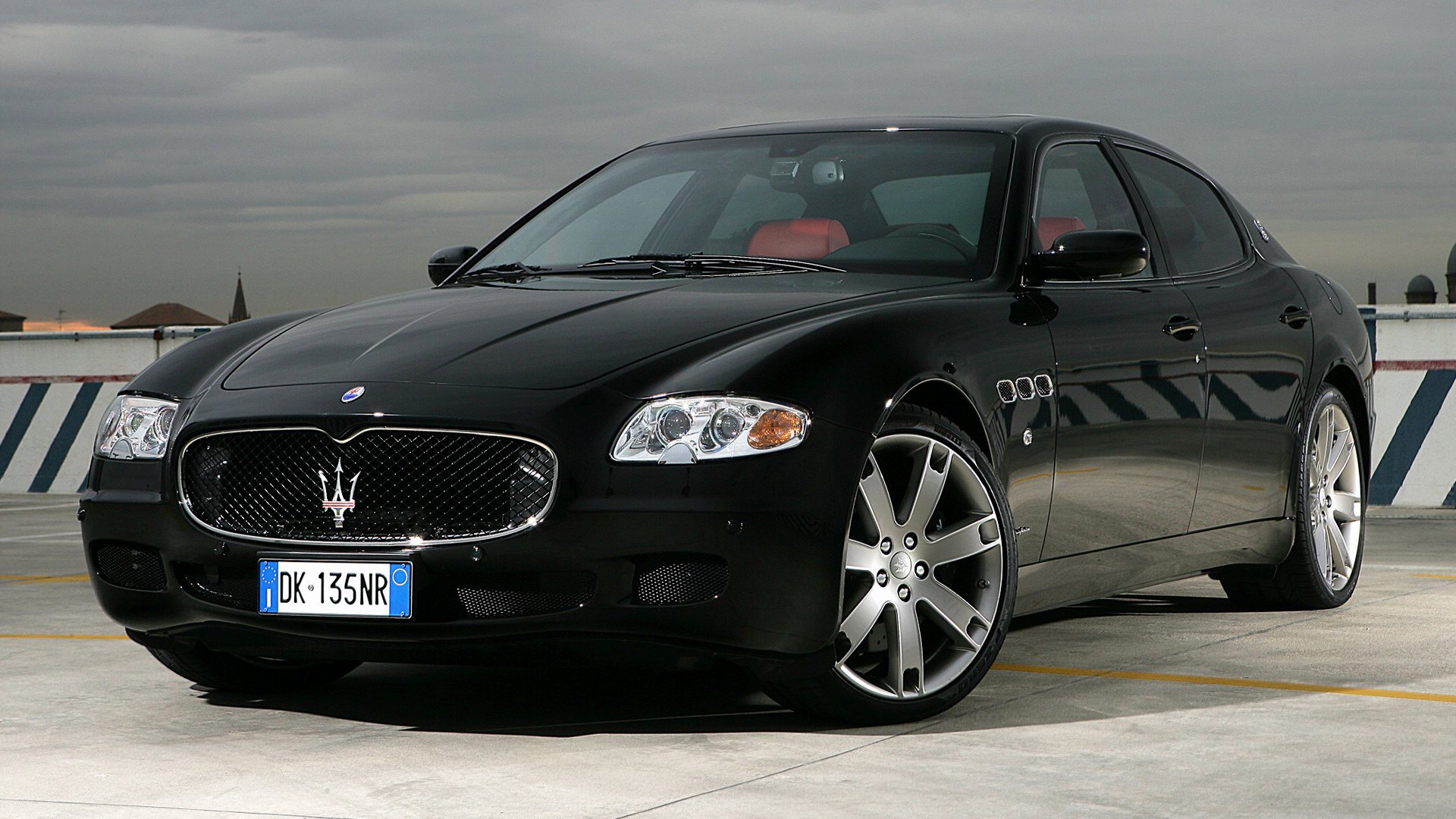
Sport GT S
In 2007, Maserati introduced an even sportier version, the Sport GT S. It used Bilstein single-rate dampers, six-piston Brembo front brakes, 295/30R20 rear tyres, and a lowered ride height. Alcantara partly replaced leather in the interior. Its door handles were painted in body colour, and its wheels and exhaust tips painted in black.
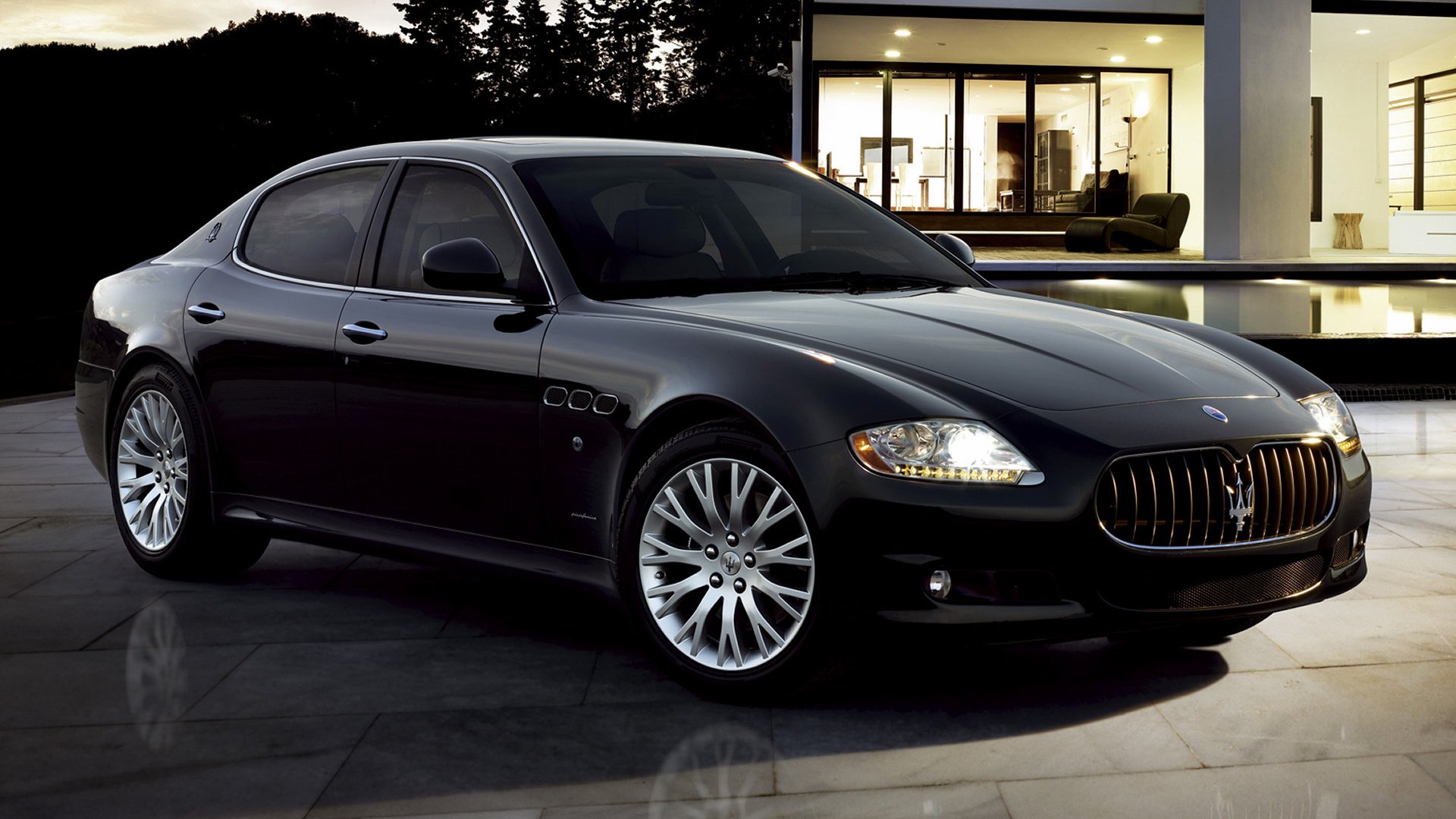
Quattroporte Facelift
In 2008, Maserati introduced a facelift with a wide range of cosmetic changes that made the car much more modern. The most notable differences are the vertical front grille slats and broad use of LED lamps. With the facelift, the base model marched on with the powertrain of the Quattroporte Automatica but is no longer called “Automatica” as DuoSelect was discontinued. It used single-rate dampers instead of Skyhook as standard.
The base Quattroporte is recognized by a dark convex front grille.
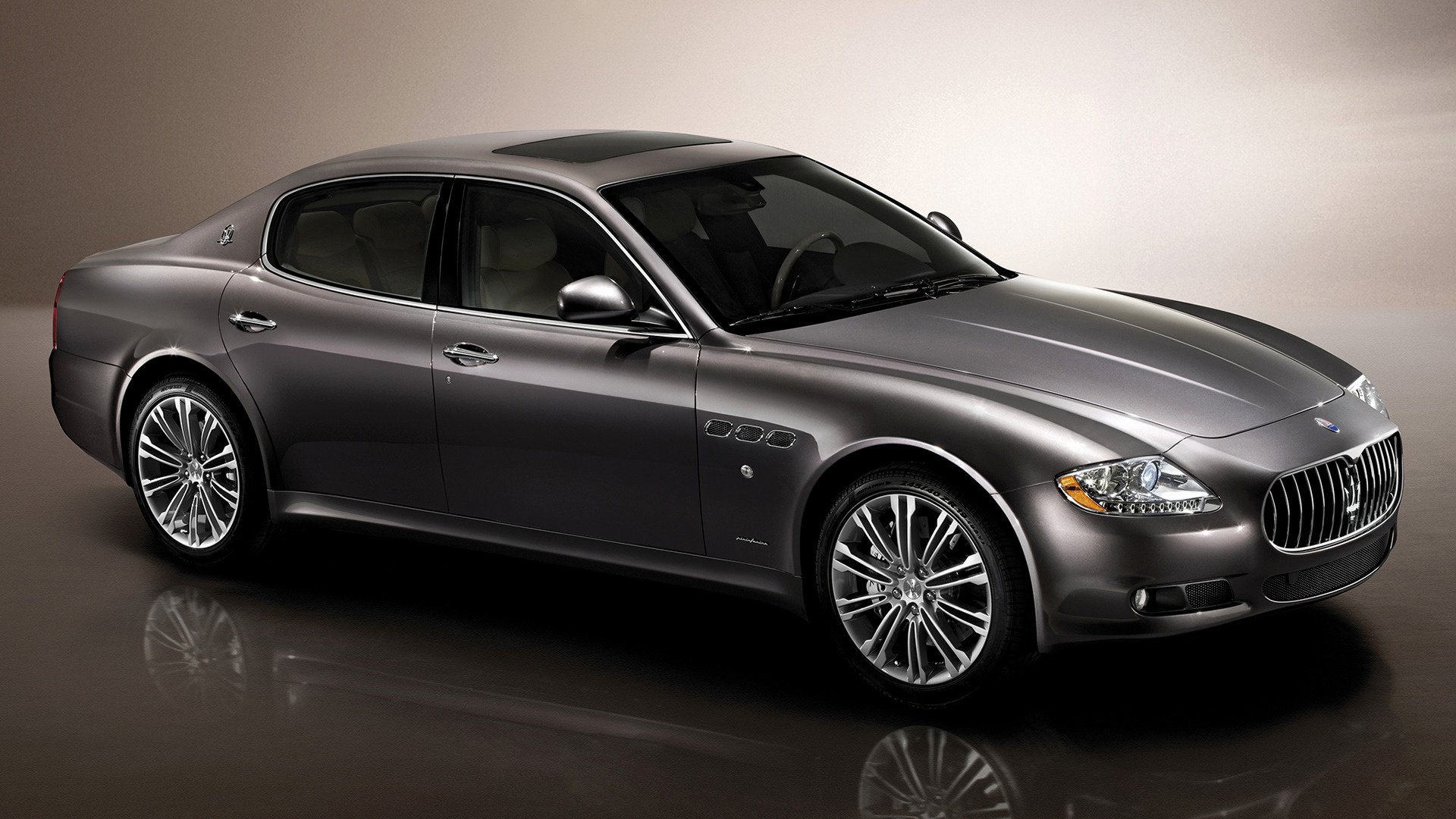
Quattroporte S
With the facelift, Maserati introduced a more powerful variant, the Quattroporte S with the 4.7L version of the V8 engine. The Quattroporte S came standard with Skyhook suspension and six-piston front brakes. Its 4.7L engine was coded F136Y, which produced 30 more PS than the 4.2L unit. Originally, the engine also lacked reed valves and would suffer from variator wear. This was addressed in 2011 with the addition of reed valves; the update also introduced Diamond-Like Carbon finish on the hydraulic tappets, further improving valvetrain reliability.
The Quattroporte S is recognized by a chrome convex front grille.
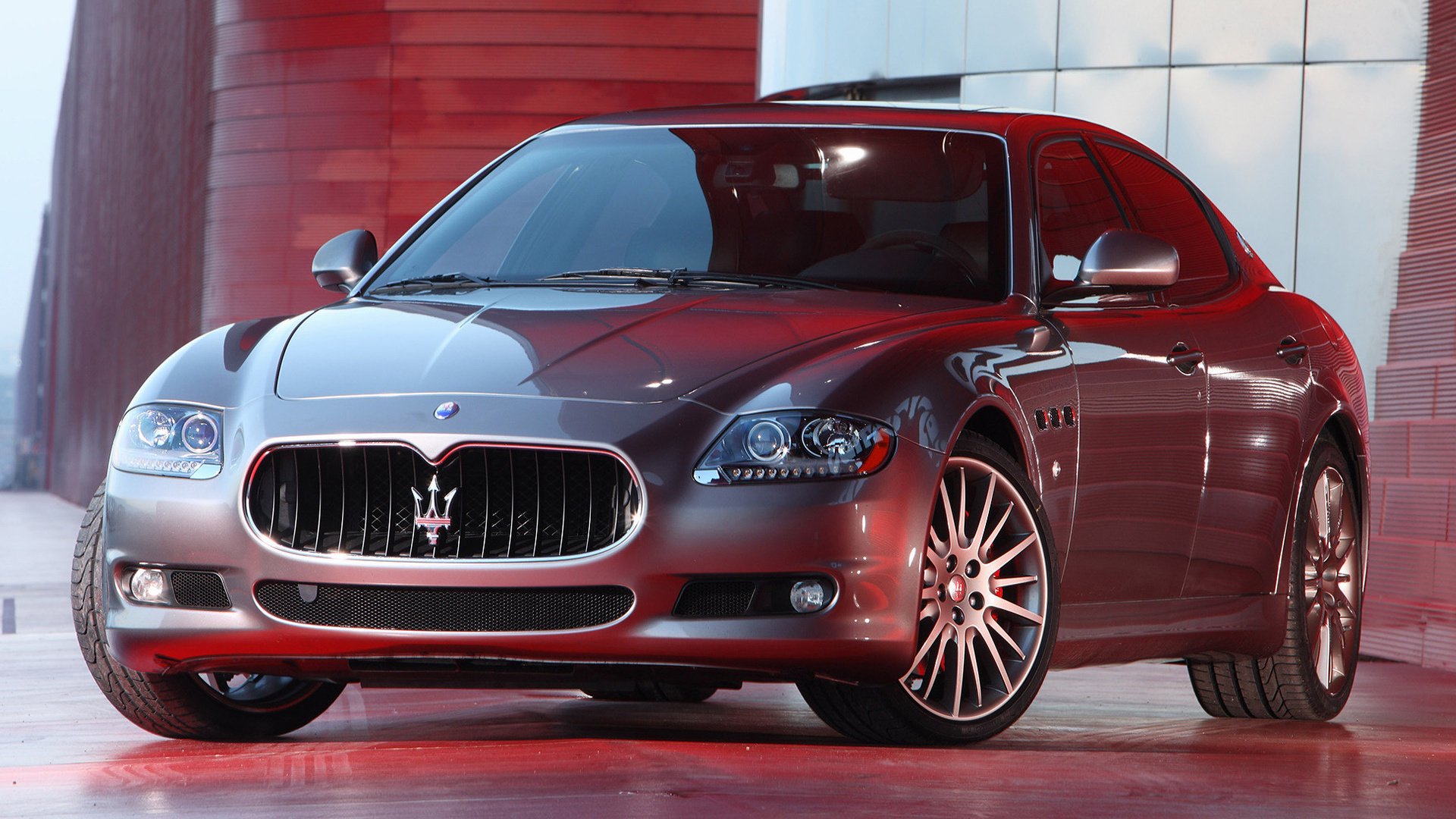
Quattroporte Sport GT S
From 2009, Maserati made a sportier version of the Quattroporte S named Sport GT S. It produced 10 more PS, thanks to its sport exhaust system. Like the pre-facelift Sport GT S, it used single-rate dampers. Inside, it has TITANTEX with carbon fibre look, though not real carbon fibre, in place of wood trim, and Alcantara partly replaced leather. TITANTEX is a glass fibre material.
The Quattroporte Sport GT S is recognized by dark concave front grille, blacked-out chrome pieces, body colour door handles, unique dual oval exhaust tips, a lowered ride height, and red stripes in the Maserati Tridents.
In my opinion, the facelift Sport GT S has the best exterior. However, the best interior is found in the pre-facelift Sport GT, thanks to its real carbon fibre trims with full leather interior. It was obvious that Maserati attempted to cut production costs with the facelift after the 2008 financial crisis. The best mechanical choices are the post-2011 S and Sport GT S as well as the pre-facelift Sport GT with SOFAST III+ DuoSelect transmission.
